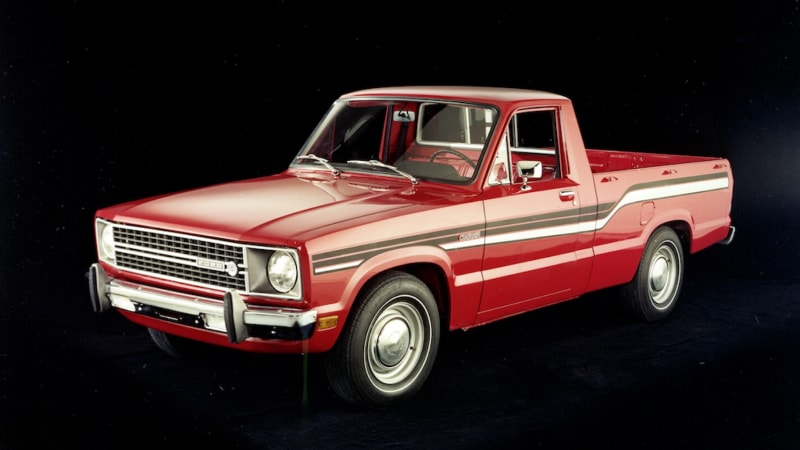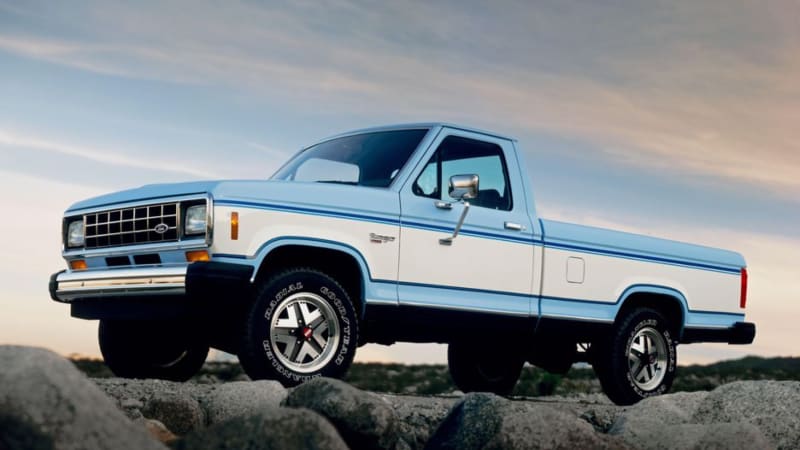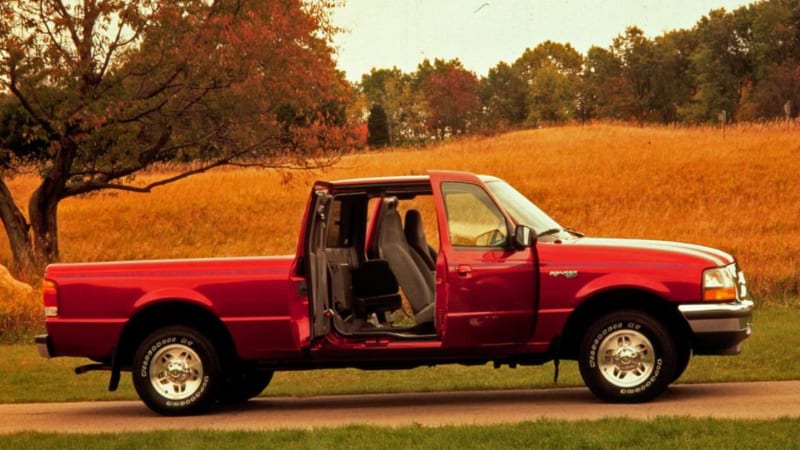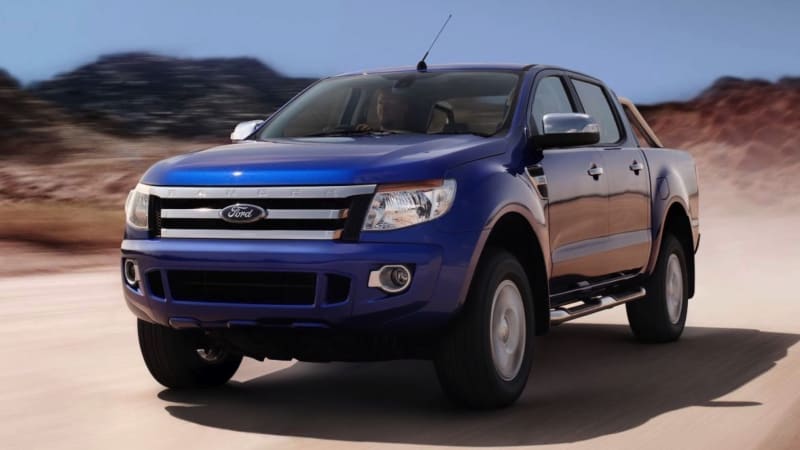Audi Repair Shop Doylestown
Call 267 279 9477 to schedule a appointment
Now that the
is back –
– you might wonder why it went away in the first place. We’re going to tell you the whole story, and what prompted the new
return to America. But first, you should know a little bit more about the Ranger’s history — a story that starts, strangely enough, with
.
In the early 1970s, small trucks were gaining traction.
sold a little pickup and so did
. Mainstream American manufacturers scrambled to understand what was happening. Developing a small pickup took time and money, and of course Detroit had much more expertise and success with larger vehicles. The fumbling that occurred when the Big Three finally got into the subcompact market with misfits like the Vega, Pinto and Pacer shows the sort of challenges they faced.
Well, the Japanese were making reliable, efficient little pickups already. Why not import some of those? Like other manufacturers at the time, as a stopgap measure,
inked an agreement with Mazda. The Mazda B-Series pickup became the Ford Courier (pictured above), which Ford sold from 1972 until 1982. Just after the Courier hit the market, the Yom Kippur War broke out in the
, sparking the first fuel crisis — OPEC placed an embargo on countries that had supported Israel. Gas suddenly became very expensive. Lines were long. Stations ran out of gas. Detroit’s hulking, thirsty trucks were suddenly horribly out of step with the times.
Ford launched Project Yuma in wake of this crisis, which would develop the Ranger to replace the imported Courier. The Ranger program started in 1973, and kicked into high gear in 1976. The trauma of the embargo was reflected in the intense development dollars spent to curb the appetite for imported oil. Ford even employed exotic, lightweight magnesium for the clutch housing, and brake and clutch support brackets, which must have given the beancounters a headache but dropped an incredible 20 percent from the truck’s weight. The aerodynamics received considerable attention, with the truck receiving a then-notable 0.45 drag coefficient. Ford claimed to have spent $700 million to develop the Ranger, with part of that money going towards improving the
of its two engines, a 2.0- and a 2.3-liter inline-4.
The trucks had optional four-wheel drive, and could be optioned to carry as much as 1,600 pounds of payload — not that far off of the modern truck’s payload numbers, although the 2.3 only offered 80 horsepower and 116 pound-feet of torque by the ratings of the day. It was slow unladen, and even slower loaded-up. Later on, the Ranger got the option of a V6 and a Mazda-built
, and spawned the Bronco II small SUV.
And then, in 1979, a revolution toppled the regime in oil-producing Iran. Production plummeted, prices skyrocketed, and it was 1973 all over again for drivers waiting in long lines for gas. Belts tightened at Ford, and it took an internal push by the Ranger’s champions to get it to market. It hit the market late, after the GM
and S-15 twins, which hurt sales. But the Ranger stuck it out, with the first-generation Ranger lasting a full decade, until 1992. The second- and third-generation trucks lasted until the 2011 model year — about 7 million Rangers having been built since 1982.
The aging Ranger had suffered dwindling sales for years, ever since a 1998 redesign. A decade later, despite some minor cosmetic tweaks along the way, it was basically the same old truck. Then the recession hit. Compact and mid-size pickup sales shrank, some of it due to the economy, some of it due to full-size trucks — newer, flashier, and more capable — taking over the segment. There’s also the issue of profitability. If you believe the manufacturers, it was hard to turn a profit on the smaller trucks. Put a potential Ranger buyer into a low-end
, make more money on the deal, and leave a declining segment behind.
Ford had a new Ranger ready for 2011. It was part of a different lineage entirely, an evolutionary branch that split off in 1998. Mazda never stopped selling pickups in the United States after the Courier deal fell apart. The truck, called the B-Series, was a Mazda product until about 1994. At that point, a continuing relationship with Ford and the hefty import tax on trucks meant that it made more sense to flip the old arrangement and instead rebadge the American Ranger as a Mazda. From 1994 until 2009, the B-Series was a rebadged Ranger in the United States.
Elsewhere, however, the B-Series lived on and evolved. Flipping the arrangement once again, the
sold in the rest of the world, from 1998 until 2006, was based on this updated Mazda B-Series. In 2006, Mazda introduced a new version of the truck, called the BT-50. This, too, was sold as a Ranger abroad. These trucks were popular in Asia, South Africa,
and New Zealand. But they were never sold here. As a mid-size truck, Ford felt it was too close to the profitable and incredibly popular F-150.
In 2011, Ford pulled the wraps off the aforementioned Ranger, developed by Ford of Australia using lessons learned from selling the Mazda-based Rangers for years. It was the culmination of a lot of lessons the company had learned about what markets outside of the United States wanted from a truck — and it also meant that, in its original form, the 2011+ Ranger wasn’t to American tastes. It was a little soft and car-like, something that looked more like a cross between an Australian ute and a European sedan than a macho American truck.
It had good bones, however. Take a look at the video below, where Rick Bolt, who was the chief engineer for the American version of the Ranger, explains the extensive changes made to the international truck to get it ready for the American market.
Decades later, echoes of the original Ranger reverberate in the newer truck. Expensive metal and costly fuel-saving technology are everywhere: aluminum in the tailgate and hood, an advanced 2.3-liter turbocharged inline-4 is under that hood, and weight-saving parabolic leaf springs are out back. It’s even a little late to the mid-size truck party. It’s almost like 1982 all over again.
from Autoblog https://ift.tt/2GpSmxe





